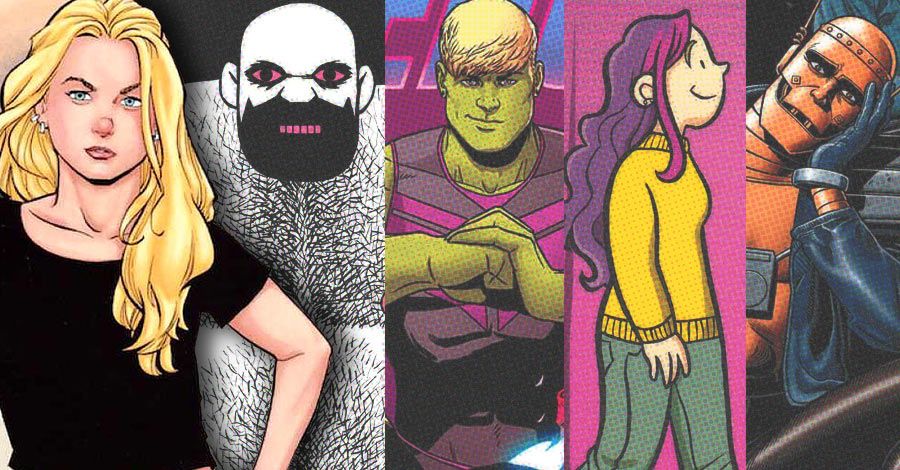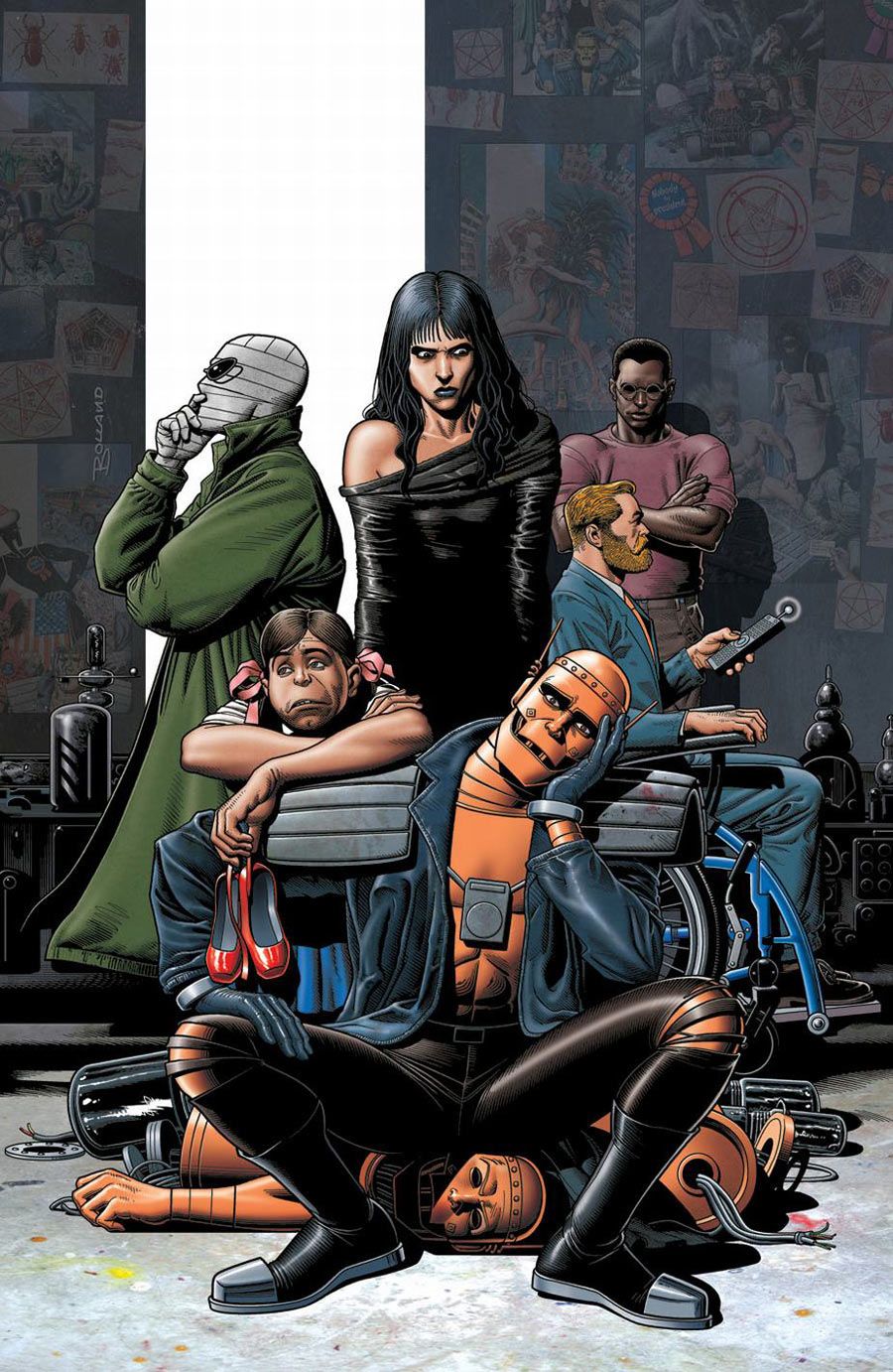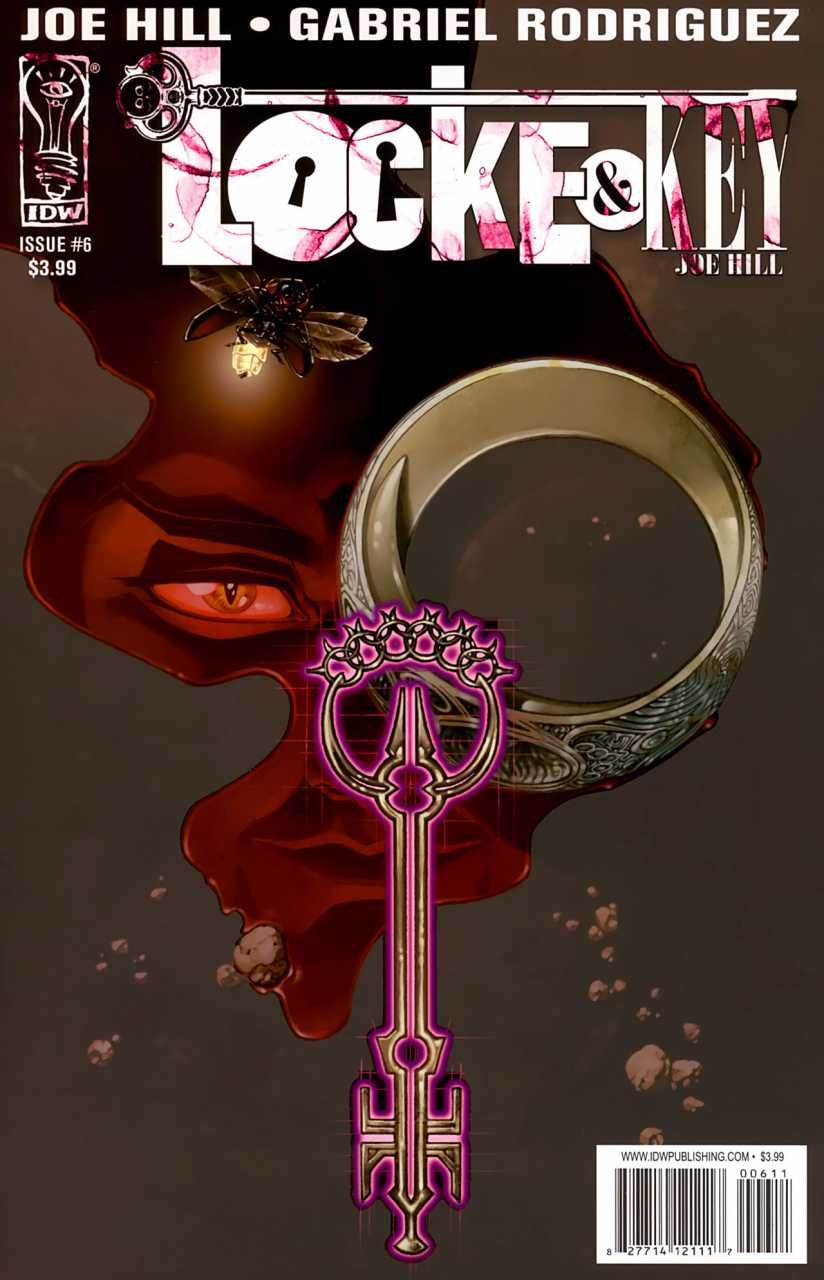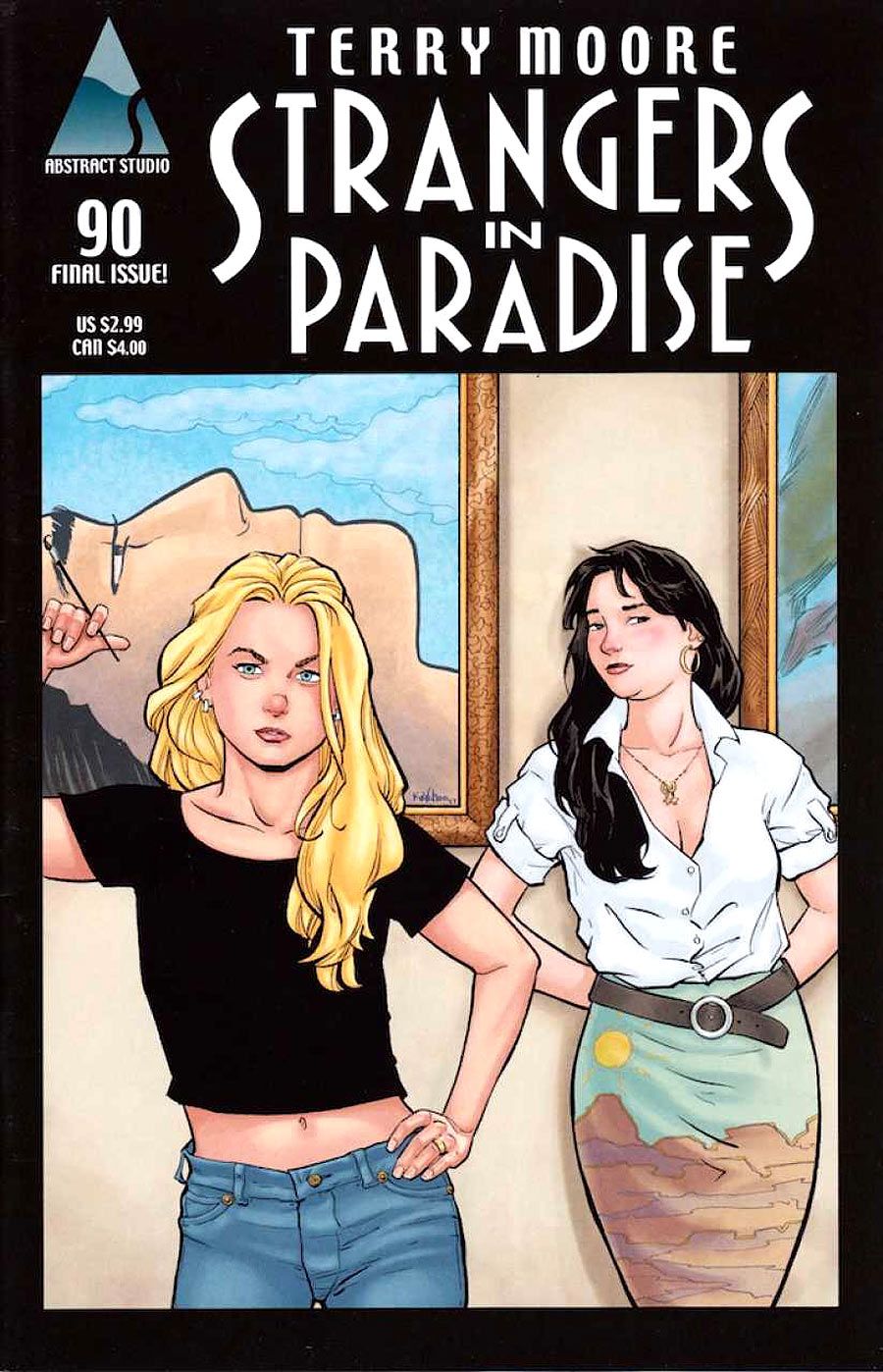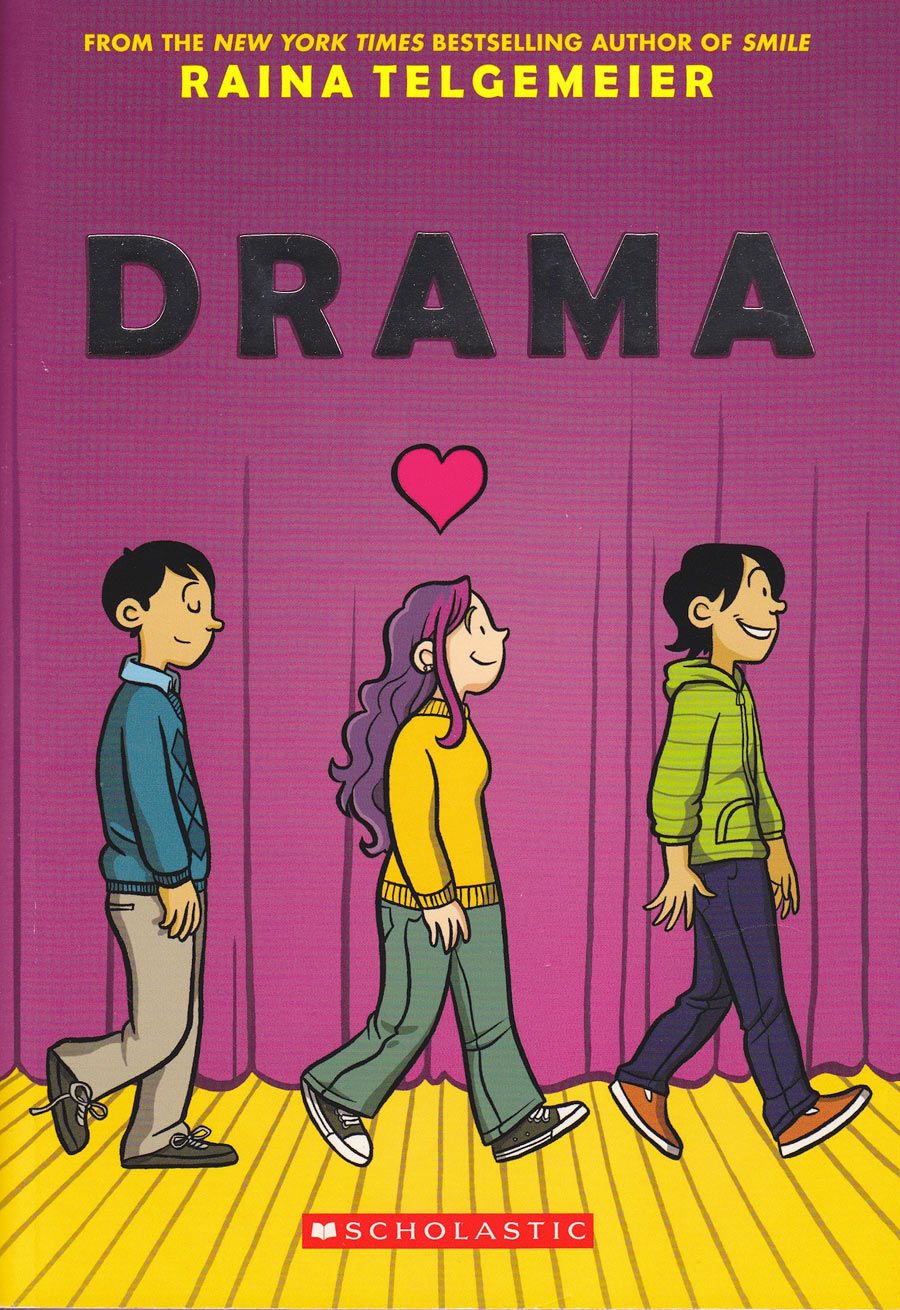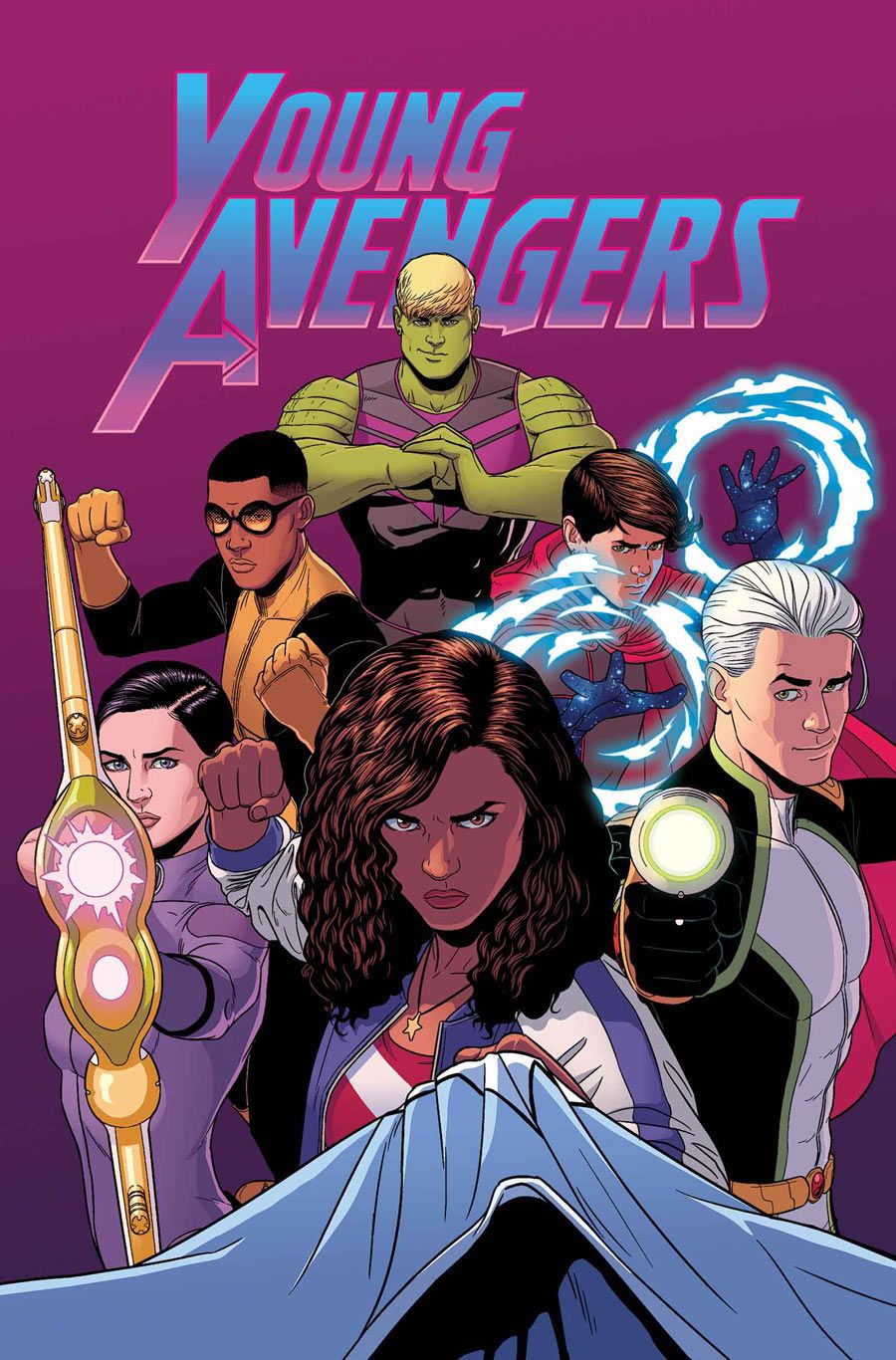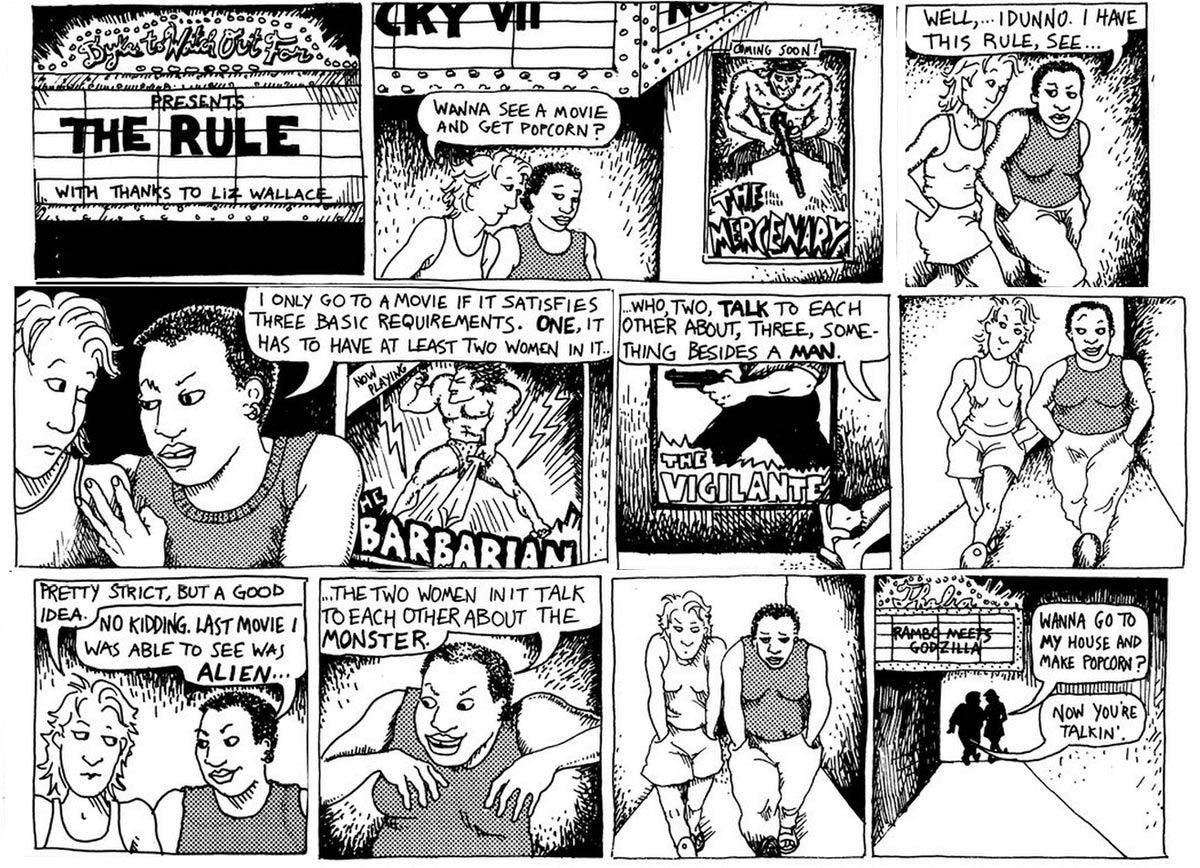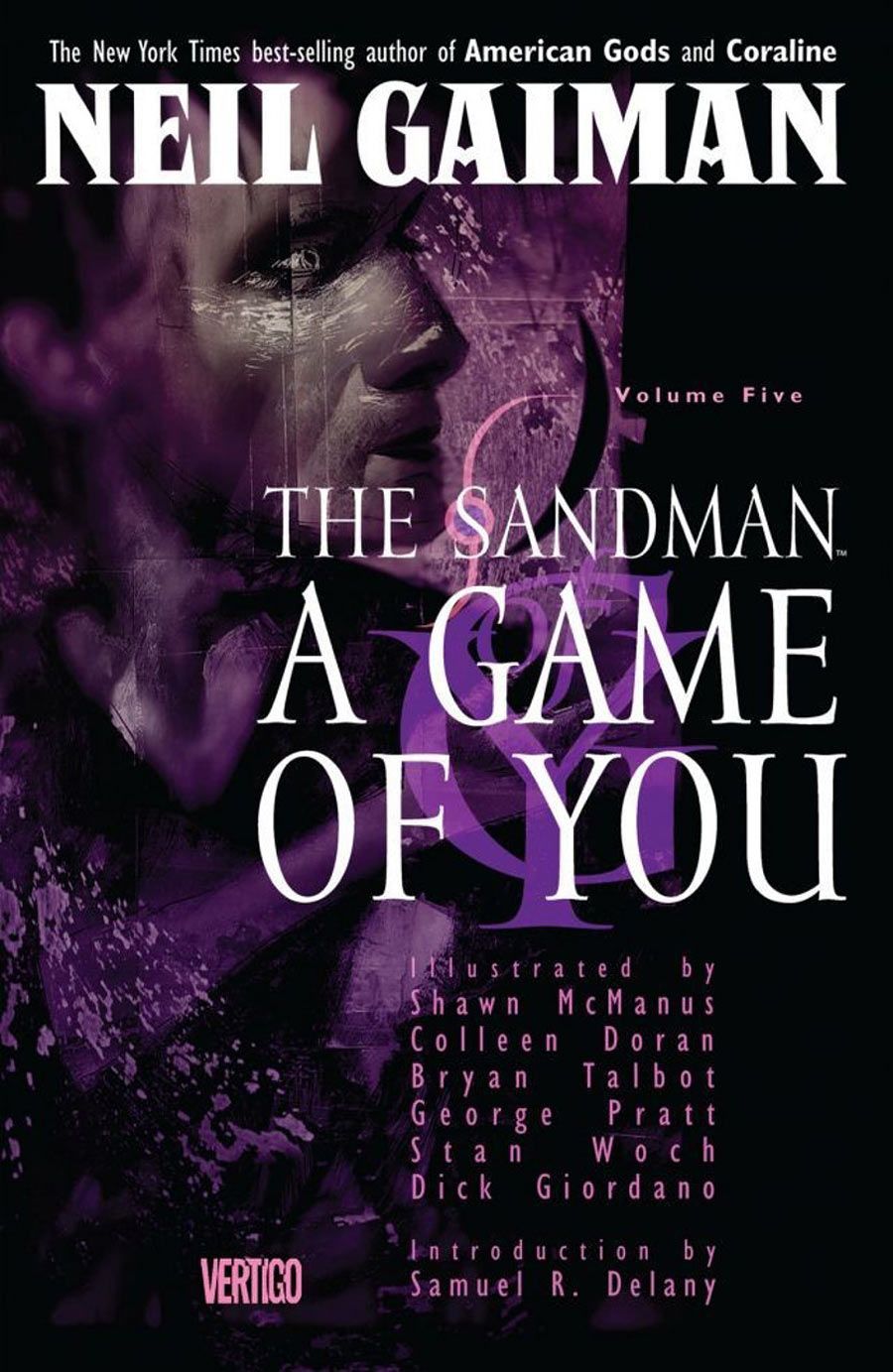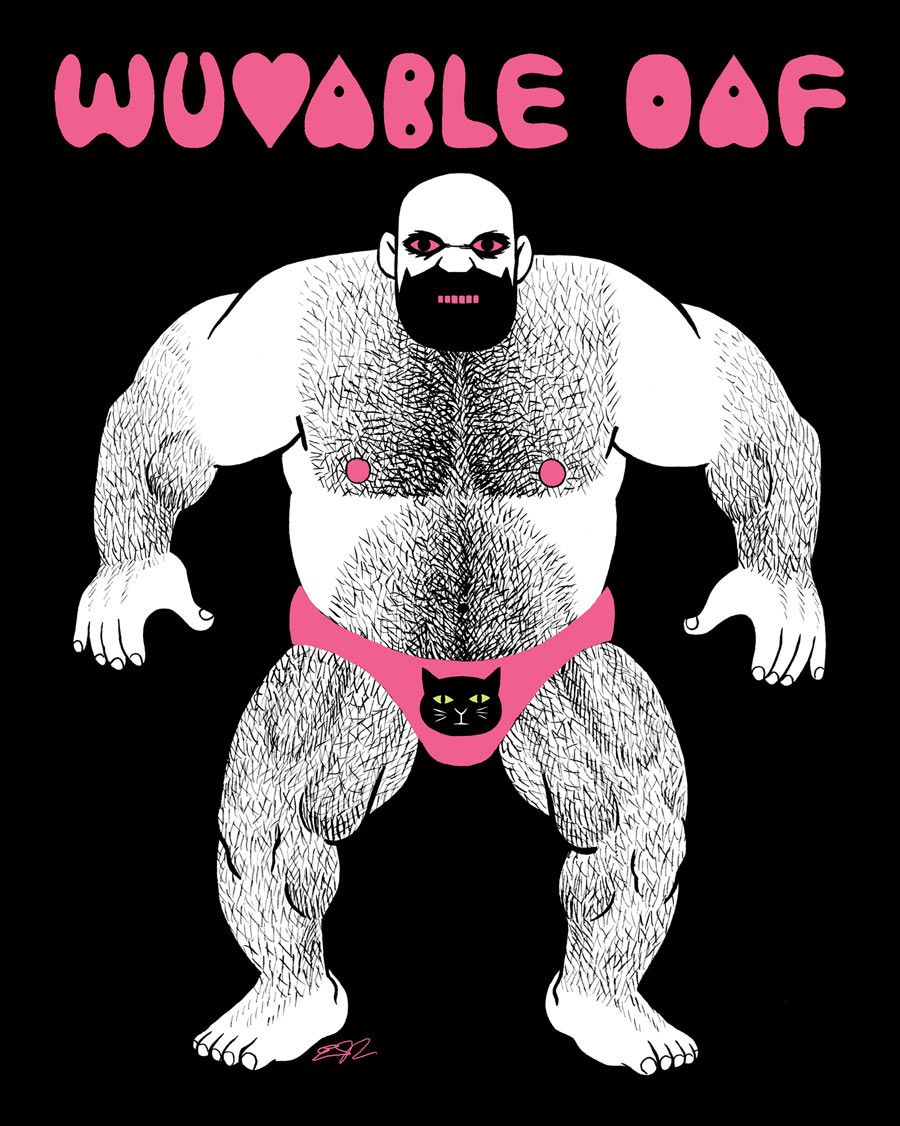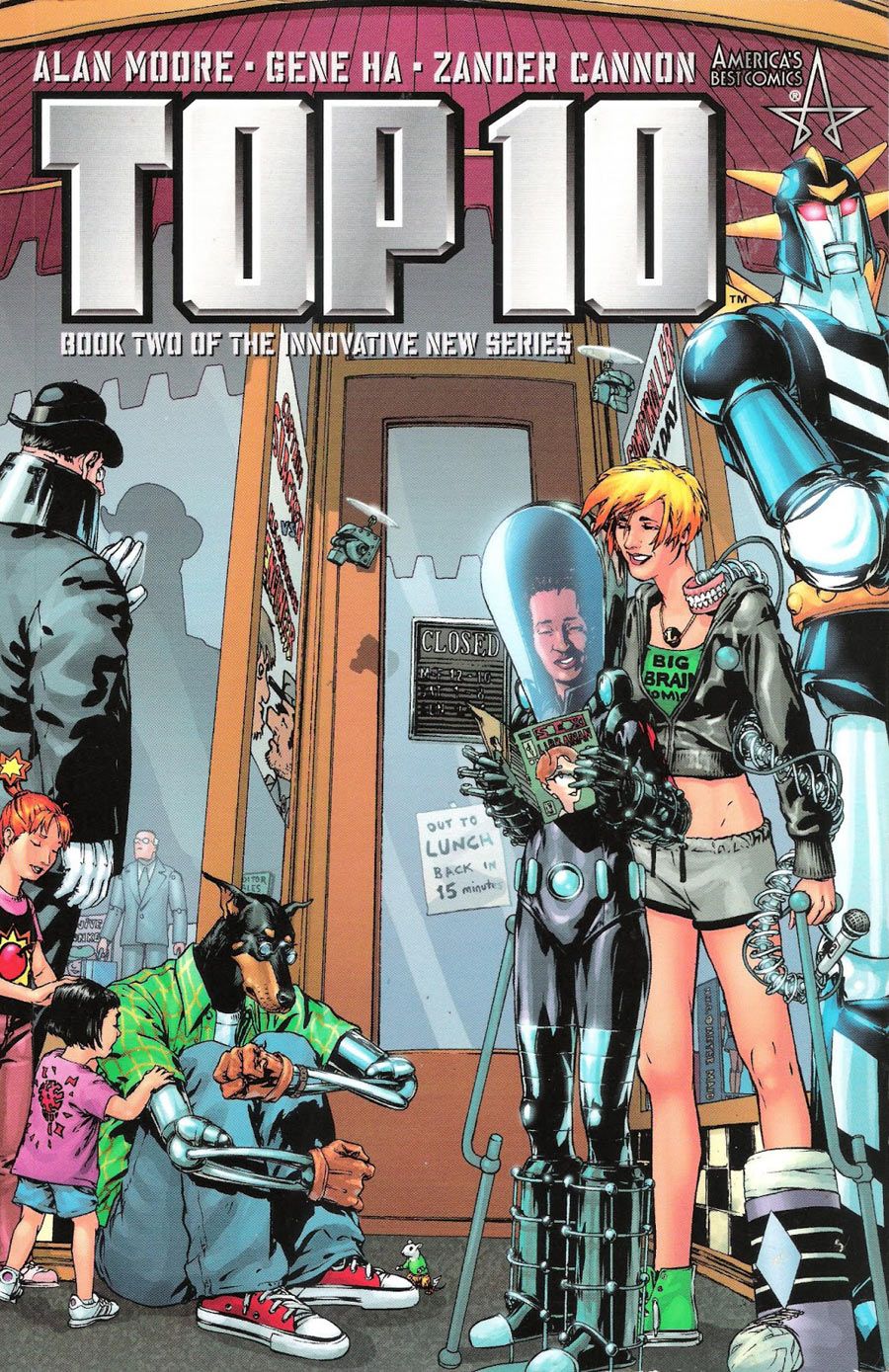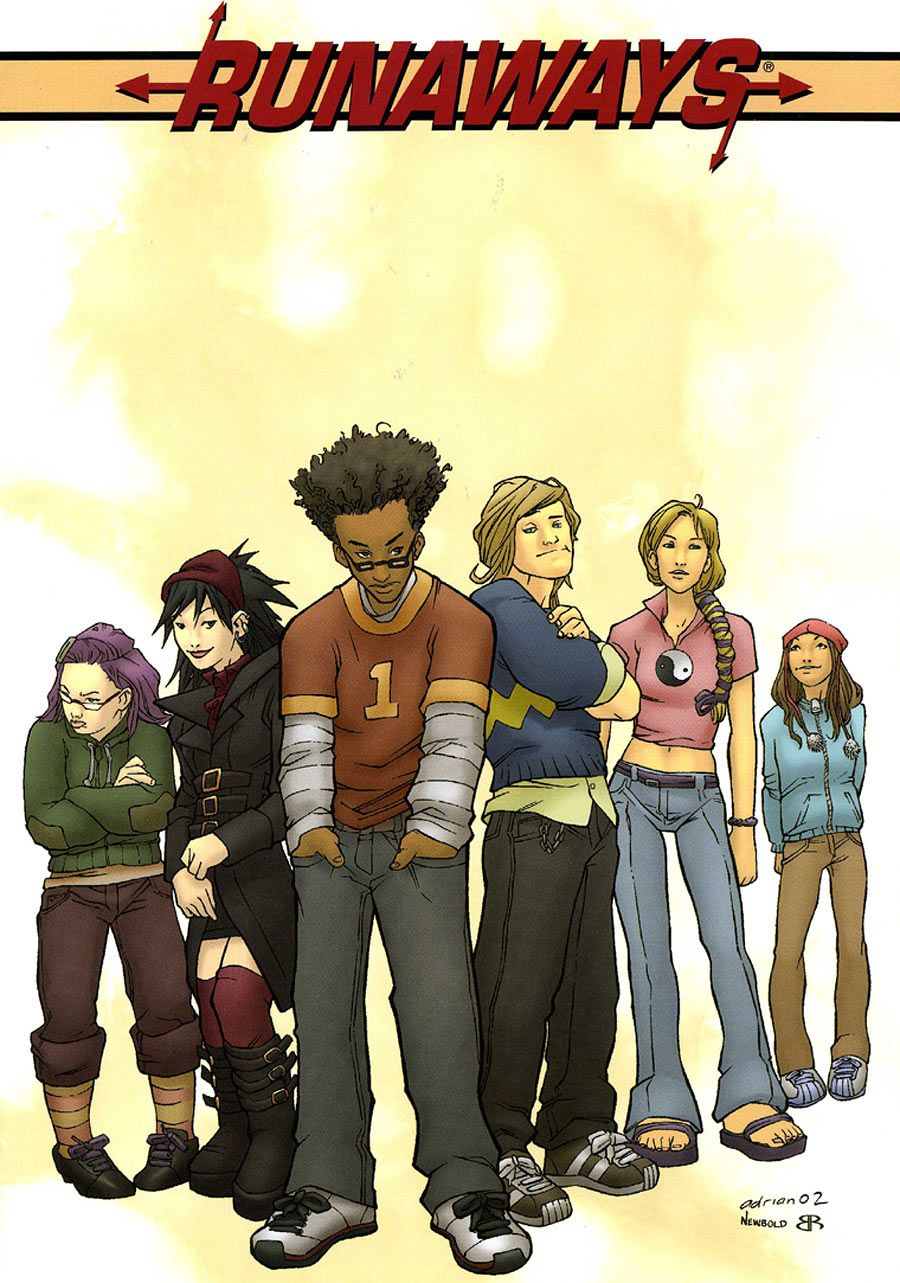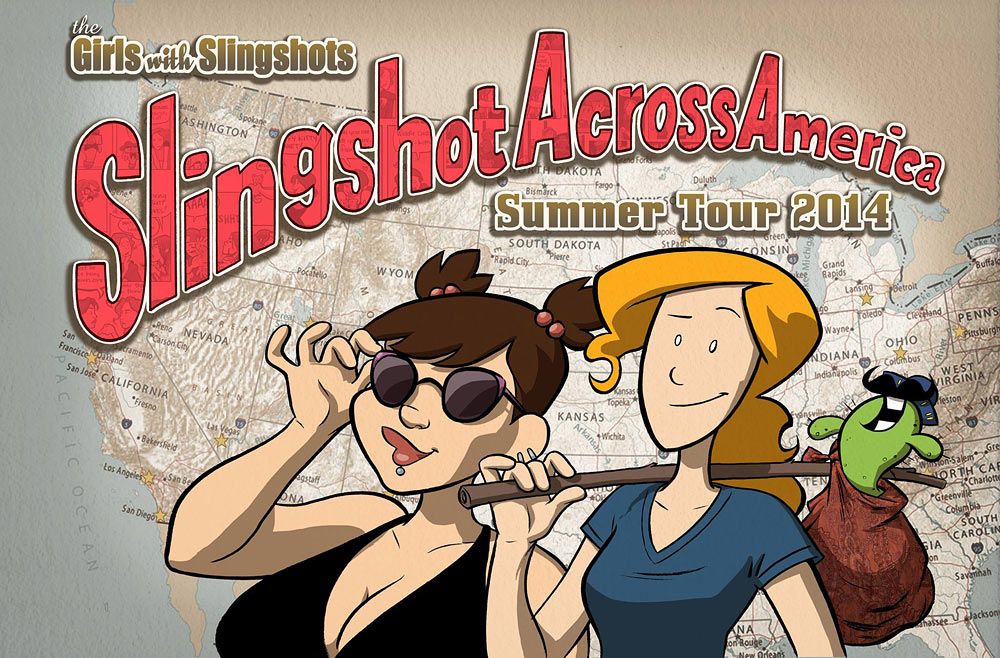This month is LGBT Pride Month, a time to reflect upon the victories and visibility of those who identify as lesbian, gay, bisexual and transgender, as well as those with non-binary genders. Pride began as a way to observe and commemorate the absence of equality in the LGBT community, and grew into a celebration of diversity, recognizing landmark achievements in human rights. Held in June, it aligns with the anniversary of the Stonewall riots of 1969 in New York City, a backlash of violent protests that began the gay liberation movement. The world has often been a hostile place toward those with any sort of variance, including the world of comics.
In fact, up until 1989, the Comics Code Authority had a ban on most LGBT content. The Code originally stated that "sexual abnormalities" and "sex perversions" were unacceptable, emphasizing that romance should be portrayed in a way that shows "the value of home and the sanctity of marriage." Although the Code made updates on its stance toward sexuality, it cast a veil of prejudice and oppression over the industry that lingered for years. Thanks to the perseverance, sacrifice and determination of some brave people, we've come a long way since then. Although diverse representation isn't perfect in the comics world, there are now many creators and characters to celebrate. And that's what I want to do.
I'd like to contribute to Pride Month by sharing some of my favorite LGBT and non-normative books with you. This list isn't exhaustive, and I'm certainly no comics historian, but these titles are close to my heart. In the wake of a history of censorship, discrimination and hatred, there are people who will not be oppressed. There are people who will push boundaries, tell their stories and continue to use their creativity to ignite change. Those people are heroes.
"Doom Patrol" by Grant Morrison with various artists
Within the wonderfully weird pages of Morrison's run on this DC Comics title exists my favorite example of a non-normative character: Danny the Street. Co-created by Brendan McCarthy, Danny is a sentient roadway than can teleport at will. His presence is accepted wherever he goes, as buildings simply shift to make room for him. He houses some traditionally masculine businesses, such as gun shops, which he lovingly outfits with delicate pink curtains, hearts and glitter. The residents of Danny the Street range from misfits to throwaways to vagrants without a home, all united by Danny's generous spirit. Danny teams up with the Doom Patrol to fight against a repressive villain that tries to give the world a Stepford Wives makeover, triumphing in the end and eventually expanding into Danny the World -- a place "of dreams, a world of love and strangeness and charm."
"Locke and Key" by Joe Hill and Gabriel Rodriguez
One of the main themes of this series is examining the complexity of identity and the power that comes from self-acceptance. Three children move into their family's creepy old ancestral home along with their mother shortly after their father's death. They quickly discover hidden magical keys that grant them incredible powers, such as leaving their bodies as a ghost, unlocking their own heads to remove memories and switching gender. These keys are coveted by a villain name Dodge who plans to use their magic to unleash evil onto the world. Dodge uses the gender key to effortlessly shift between male and female, representing two unique sides of the same coin. While there are gay characters as well, it really is Dodge's narrative that poses the most interesting questions about what gender means and how it informs actions.
"Strangers in Paradise" by Terry Moore
I usually loathe anything close to love triangle territory, but Moore does an incredible job telling the love story between the three main characters of this series. Katchoo is in love with her best friend Francine, who is also the object of their friend David's affections, while Francine's feelings remain platonic. Although the series has some misses, overall it's a thoughtful, authentic story about the nuances of relationships between women.
"Drama" by Raina Telgemeier
While there are sadly very few middle-grade comics featuring LGBT characters, fortunately Telgemeier has delivered an awesome one. Following 7th grade theater geek Callie, "Drama" explores acceptance, confidence and the distinctive awkwardness of pre-teen years. A main character comes out as gay in the course of the story, leaving Callie to wonder about how her romantic feelings toward him can transition into friendship. Neither judgmental nor saccharine, "Drama" tells a great story with diverse characters forging a path into adulthood.
"Young Avengers" by Kieron Gillen and Jamie McKelvie
Gillen speaks to his writing process on this team book centered on the romance between Hulkling and Young Wiccan better than I can. From his blog: "Diversity is a big area. What the conversation has been centered around recently is diversity of characters in a book -- born of the idea that it is a better pop culture that shows as many different sorts of people mirrored it. People tend to argue the 'it's good to see myself reflected in a book' -- which is important, clearly -- but it's also important in terms of letting people empathize with people who are not like them. A more diverse pop-culture is a good thing. I still sigh over the reviews of Generation Hope that were 'who am I meant to empathize with? All the best characters are girls.' I don't want to live in that world."
"Dykes to Watch Out For" by Alison Bechdel
There isn't a piece of work by Bechdel that doesn't belong on this list, but I chose this particular comic for the organic way she captured the politics of lesbian culture and the ever changing social climate. "Dykes to Watch Out For" ran as a strip for 11 years and has been collected in numerous volumes.
"Sandman: Game of You" by Neil Gaiman with various artists
Although "Sandman" is sometimes critiqued for transphobia due to the number of transgender characters who meet untimely ends, I feel this particular story arc did something groundbreaking for an early '90s mainstream comic. Wanda, the best friend of "A Game of You's" central character, is a transgendered woman who is a complete, well-rounded person. She isn't a token character, existing simply for the sake of diversity, but has a profound influence on others. A major theme of this arc is how the perceptions of those around you inform your reality and how to remain strong through opposition. Although Wanda's ending in bittersweet, the identity of her soul is honored in a pure, loving and thought provoking way that undoubtedly opened doors for other comics to showcase a variety of transgender experiences.
"Wuvable Oaf" by Ed Luce
Cats. Metal. A large bearded man looking for love while dealing with body image, scene politics and standard definitions of masculinity. Luce has self-published the series since 2008, and earlier this year it was picked up by Fantagraphics who released a collection of the work. Luce's approach to writing a comic about gay romance is inspiring in so many ways -- he doesn't write for a particular audience, although elements of the series could make it very niche-friendly at a glance, instead telling a story that is infinitely relatable. Oaf is a charming, hairy, barrel of a man, often swarmed by his beloved cats, while his love interest, Eiffel, fronts a black metal band called Ejaculoid. Not only does Luce have an awesome line of Oaf apparel, but he also created Ejaculoid records. And all of it is wonderful.
"Top 10" by Alan Moore, Gene Ha and Zander Cannon
Throughout his prestigious career, Moore has been an emphatic supporter of LGBT rights and an ally to the community. While "Top 10" isn't his best known or most praised work, I've always admired that his objective with the series was to develop an ensemble cast of characters whose sexuality, ethnicity and gender varied widely without making those variances the focal point -- which he does very, very well. With a plot that blends police procedural drama, sci-fi and Meta humor, "Top 10" primarily addresses issues of prejudice and bigotry in a fantastic world. One of the primary characters is a lesbian detective named Jack who, along with her mermaid girlfriend, were two of the most popular characters in the series.
"Runaways" by Brian K. Vaughan with Adrian Alphona & Takeshi Miyazawa
While there are lots of coming-of-age young adult novels that deal with sexual orientation, "Runaways" is one of the few examples in the comics world to be relevant, age-appropriate and engaging. Following six teenagers who learn that their parents are part of a secret organization set on destroying the world, "Runaways" addresses the experience of teenagers updating their world view while accepting that much of what they've been told is wrong. These themes include sexual identity and ambiguous gender, eloquently handled in the relationship between Karolina Dean and Xavin. Karolina is a lesbian and Xavin is a Super-Skrull who shifts her gender to suit Karolina's preference, relinquishing her previous male form.
"Girls with Slingshots" by Danielle Corsetto
Another daily strip comic focusing on female relationships, "Girls With Slingshots" is a fun, friendly slice of life series that's been going strong since 2004. The depiction of LGBT characters is sincere and compassionate, with one of the leading protagonists, Jamie, discovering the scope of sexual identity with her girlfriend, Erin (who is largely asexual, which isn't often intentionally represented in comics).
Want more? Then you can also check out Archie Comics' "Kevin Keller," Tim Daniel & Mehdi Cheggour's "Enormous," Shimura Takako's "Wandering Sun," Colleen Coover's "Small Favors," Riley Rossmo and Alex Link's "Drumhellar," Joss Whedon's "Buffy the Vampire Slayer," Greg Rucka, Ed Brubaker and others' "Batman: Officer Down" and Greg Rucka & J.H. Williams III's "Batwoman: Elegy."

